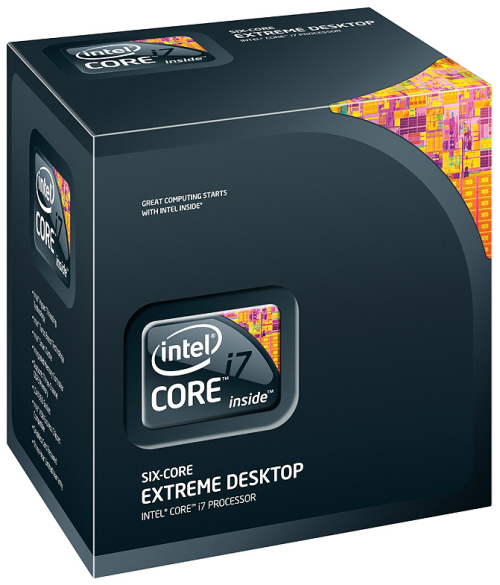It seems hard to believe but it's been a year and a half since we looked at the first Intel Core i7 processors. Back then we reviewed the Core i7 920, 940 and 965 Extreme Edition launched at MSRP's of $284, $562 and $999, respectively. Although these are being phased out today by newer Core i7 930, 950 and 975 Extreme Edition models that offer a slight performance bump, the Core i7 920 for example is still priced very close to its launch list price.
This is an obvious exception to the rule for pretty much any component that's been on the market for over 12 months, and no doubt a current owner pleaser. To further augment this situation, Intel has just recently enhanced the investment that Core i7 customers made in the LGA1366 platform by providing an even more powerful upgrade alternative.

Back in 2008 when we reviewed the first batch of Core i7 processors, we noted that an upcoming architecture code-named "Westmere" would feature 6 cores and would be built using the 32nm design process. At the time it was also said that these cores would have a 12MB shared L3 cache.
Now, well over a year later, here we are with the first commercially available processor based on such architecture. The Core i7 980X Extreme features the same 32nm process used by the Clarkdale Core i3/i5 processors, and perhaps as exciting as it sounds to run 6 cores using HyperThreading (12 threads) is the fact that through a simple BIOS update this processor can be used on all existing X58 motherboards.
Even those who invested in the Core i7 platform the day it was released can now pick up a new Core i7 980X Extreme processor and enjoy the power of 6 high speed cores at their disposal. It's not going to be a cheap affair, though. Today we've set out to compare a handful of options covering the $250, $500 and $1,000 price ranges, from the Core i7 920 to the freshly released 980X Extreme, which will give you a better idea of what to expect as you move up the LGA1366 ladder.